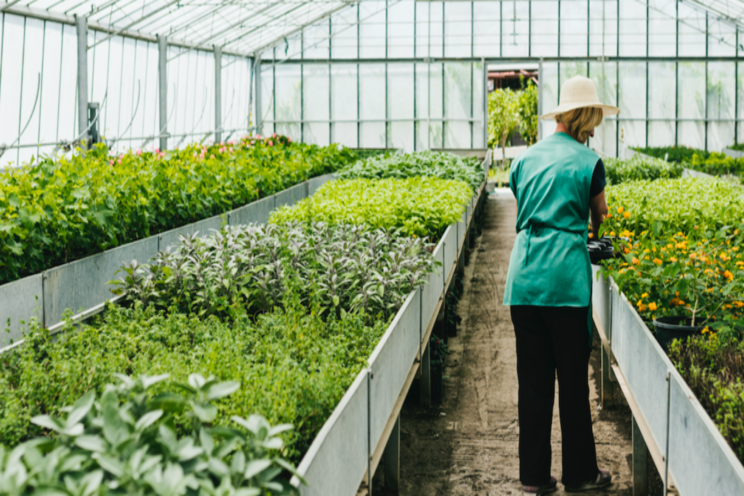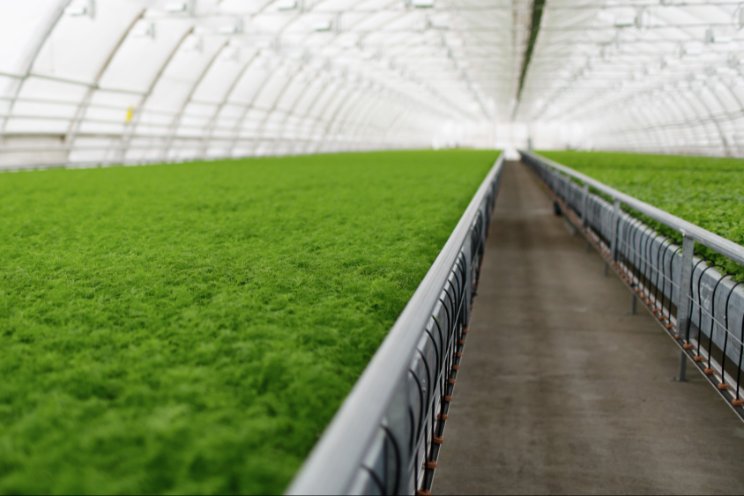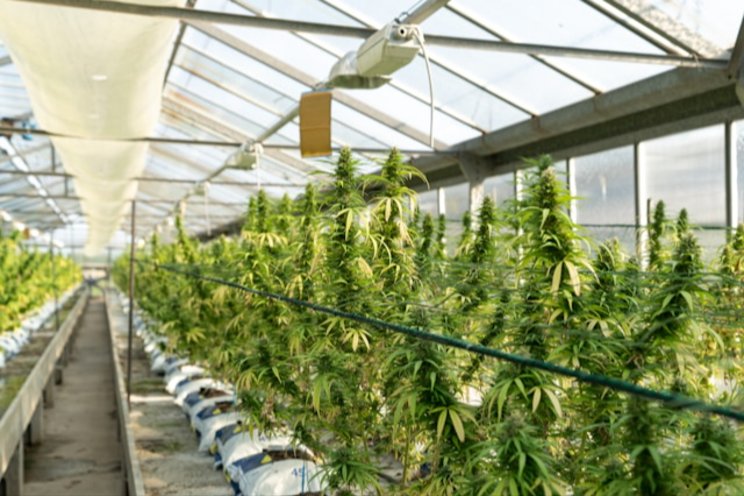5 tips for temperature control in your growing environment
Added on 31 August 2020

Greenhouses require proper temperatures for optimal growth and production. Temperatures that are too high or too low will reduce photosynthesis, which is the ability of the plant to make food for itself and fuel growth. Controlling temperature with environmental control computers is the most accurate, especially with larger growing operations. Here are five tips for providing and maintaining proper temperatures:
- Properly size your HVAC system. For indoor grow rooms, sizing the HVAC system is critical to handle the heating and cooling loads you will get once you start growing plants in those rooms. Controlling air temperature with enough air movement and dehumidification can be hard to do when you are also trying to get the most plant density out of every room.
- Have enough heating and cooling capacity for your greenhouses. For greenhouse production, make sure you have enough heating capacity to handle winter conditions. Heating under the crop is more efficient than heating the air above. Having cooling capacity is also critical during summer weather. Whether you have natural ventilation, fan-assisted natural ventilation or pad and fan cooling, you need to make sure you can provide enough cooling during the hottest and sunniest weather to maintain those desired growing temperatures.
- Install horizontal air flow (HAF) fans. Especially in indoor grow rooms, these fans are essential to help with air flow that helps distribute temperature more evenly throughout the crop and breaks up microclimates around all leaves for better gas exchanges, in addition to helping control powdery mildew. Try to avoid "dead air" zones (without airflow) within your rooms or greenhouse zones. Fans located too high above the crop do not provide enough air movement within the crop, but fans located too close to crops will adversely affect your ability to manage moisture levels.
- Use shade curtains during high-light and high-temperature months. Shade curtains typically are designed for 30% to 50% light reduction and should be closed during the brightest and hottest hours of the day. If there is no retractable shade curtain inside the structure, whitewash can be sprayed over the greenhouse roof to act as a shade curtain until you need to wash it off when fall weather approaches.
- Measure temperature correctly. Try to locate environmental control sensors closer to the crop and in the center of the zone. Measuring temperature over a 24-hour period is what we call average daily temperature and is the most important temperature measurement for growth. You can also measure leaf temperature with a digital infrared thermometer to determine when to close the shade curtain.
The author is president of Styer's Horticultural.
Editor's note: This piece originally ran in sister publication Cannabis Business Times.
Source: Greenhouse Management
Photo created by freepik
Source: Greenhouse Management
More news















